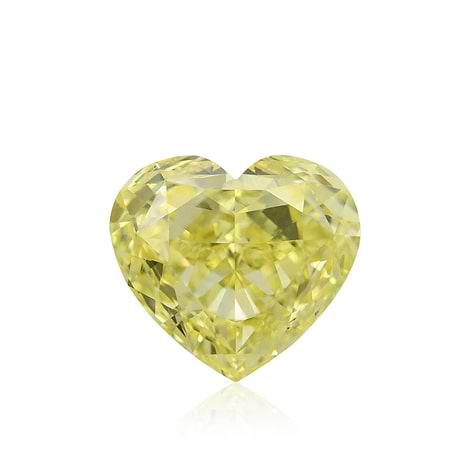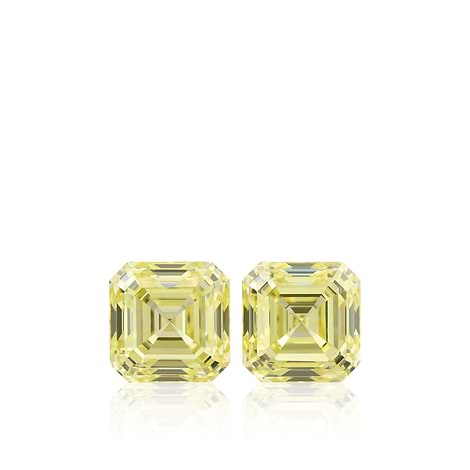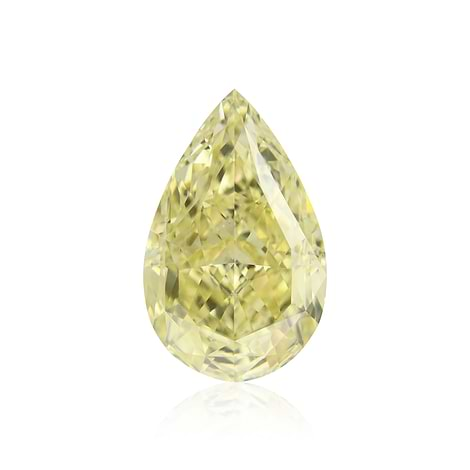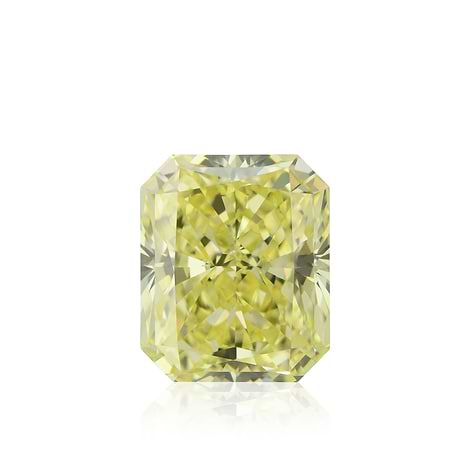With so many glittering gemstones on the market today, it can be difficult to sort them all out. Especially if you’re shopping for engagement rings, you’ll want to know your options and how they each compare to one another. That way, you’ll be confident with your purchase. After all, an engagement ring is a big investment—and one that’s meant to last a lifetime.
In your search, you may have come across the question of what a simulated diamond is. This is a broad term for several diamond alternatives—they look like a diamond at first glance. But upon deep investigation, you’ll be able to separate them from high-quality diamonds, which offer a lasting investment.
Introduction to Simulated Diamonds
A simulated diamond is a general term covering any number of manufactured stones that are made to mimic a diamond. Of course, they are far less costly than an earth-mined genuine diamond.
A simulant diamond can be anything from clear glass to CZ—or cubic zirconia. It can also include Moissanite, which is a colorless created stone and a far less expensive option than a natural diamond.
There is some confusion about the term ‘diamond simulant’. It covers many low-cost colorless man-made stones on the market. But lab-grown diamonds, called LGD, are in a separate category because of how they were formed. LGD were made to closely replicate natural diamonds with the same optical, physical, and chemical structure as a genuine diamond. But because they are a manufactured item, they cost very little and have no resale value—unlike authentic natural diamonds.
After all the searching, you want to consider what value you are getting for your money with a stone you choose for an engagement ring.
What is a Simulated Diamond?
A lot of gemstones can be transparent and colorless, so they can be mistaken for natural diamonds. Because they are only concerned with their look and not their actual composition, simulated diamonds can be created from something as simple as glass—and then cut to the shape of natural diamonds. That’s easy enough. A simulated diamond can also be manufactured from any of several chemical components that result in a clear colorless stone suitable for cutting and polishing.
CZ, or cubic zirconia, and Moissanite have long been used to simulate an actual diamond. So, for costume jewelry (sometimes called fashion jewelry), they can be a fun, low-cost alternative to real diamonds.
They all differ in important areas like hardness, of course. Because of that, they may chip, break in two, or become cloudy –and then they lose all their sparkle.
Simulated Diamonds vs. Lab-Grown Diamonds
One well-known alternative to natural diamonds is the LGD, or lab-grown diamond category. These stones are created in laboratories—actually large factories, and are specifically manufactured to replicate the optical, physical, and chemical makeup of natural diamonds. They do a good job of that. But there are huge differences between natural diamonds and the LGD, of course. They are mass manufactured, and so are sold very inexpensively compared to diamonds. While this niche diamond alternative is more durable than the other simulated diamonds we’ve mentioned, it still cannot share the spotlight with an earth-mined diamond, which is a rare stone.
Benefits of Choosing Real Diamonds
 Comparison of Simulated vs. Lab-Grown vs. Real Diamonds (Credit Image: Klenota)
Comparison of Simulated vs. Lab-Grown vs. Real Diamonds (Credit Image: Klenota)
Buyers often choose diamonds over simulant diamonds of any kind for several reasons. The quality of a real diamond is matchless. The real diamond can be traded up over time if desired. And many diamonds have increased in value over the years, making this choice a wise one. True, a diamond initially costs more than simulants, but it has- and it holds its value for the owner.
Now more than ever, buyers shop for all things with their social values in mind. That’s good news for diamond lovers. Today diamonds are ethically sourced and have a paper trail straight back to the mine to prove it. Thanks to many strict policies in place, diamonds are warranted to be conflict-free which sets everyone’s mind at ease. They are a product for our times and for modern shoppers.
FAQ
How does a simulated diamond compare to a real diamond?
Because there are so many stones called a diamond simulant, there is no one answer. But any diamond simulant will be drastically cheaper than an actual natural diamond. They also are less durable than real diamonds, and may be prone to chipping, breaking, and becoming cloudy over time.
Why choose a real diamond over a simulant?
Is a simulated diamond a real diamond?
No, a simulated diamond does not compare to an actual genuine diamond. It can be recognized by professionals and often by others as a mere simulation.
What’s the difference between a simulated and a lab-grown diamond?
A simulated diamond is any transparent, colorless stone manufactured to look like a diamond. An LGD, or lab-grown diamond, was manufactured in a factory using high technology to closely replicate the optical, physical, and chemical structure of a real diamond. But it can still be identified as a manufactured stone—and like simulants, LGD has no resale value.
How long does a simulated diamond last?
Depending on what the simulated stone is made of, it may last as briefly as a year with normal frequent wear—or—it can have a much longer life if it is a CZ or LGD. Still, over time, it can begin to show its age with daily wear.
Are real diamonds conflict-free?
All diamonds for sale today have had to go through stringent requirements to prove they are conflict-free. And this specifically means from mine to market.
What is a simulated diamond made of?
The material used in making simulated diamonds can be glass, or certain chemicals that appear transparent. LGD are made up of an initial microscopic ‘seed’ of real diamond upon which chemicals are added to ‘grow’ the stone in a lab. Some simulated stones are glass with plastic coating. The variety is only limited by the creativity of the manufacturer.
Simulated diamonds vs. real diamonds: which is more durable?
Nothing is more durable than a natural earth-mined diamond. This rare gem is pure carbon that underwent a massive (and beautiful!). The transformation over time deep within the earth. It ranks 10 on the Mohs hardness scale. There is no other substance harder than a natural diamond.
How do real diamonds hold value over time?
Contrasting to diamond simulants, real diamonds hold their value because they can be compared to other similar quality diamonds in the marketplace. They can also go up in value over time.
Conclusion
Simulated diamonds offer a very inexpensive way to own sparkly jewelry. While they may look like diamonds at first, they often discolor or chip after much wear and tear. But they can still be a fun purchase for budget-minded buyers.
However, there are some very important details to keep in mind if you are thinking about what is a simulated diamond for bridal jewelry. True real diamonds are more costly, but you are investing in something so important for the rest of your life. Over time, you will be glad you have chosen wisely and got real diamonds. They hold their value and can increase in worth over time. They are a valuable symbol of your most precious relationship. And diamonds are the hardest known substance on earth. Diamonds are durable and will keep looking sparkling and new for your entire life. When you have a special jewelry purchase in mind, make sure you opt for real diamonds. You’ll be glad you made the right choice.
Explore the History of Diamond Jewelry














